You may have heard that the 2015 Dietary Guidelines for Americans have recently hit the press. What are they exactly? A USDA set of recommendations created by a government-appointed panel of nutrition experts on how to select food and drinks to attain optimal health.
Inevitably, however, the USDA guidelines trickle through the press and the public gets talking. There’s more to the process that meets the eye.
First, an external Advisory Committee of appointed field experts meets, chats (for a very long time), and comes up with a draft. This proposal is then sent to a few other government agencies and is open for public comment.
Then, the whole thing gets reviewed by a variety of sources and things are tweaked until a final version is released in time for the deadline, which is about every 5 years.
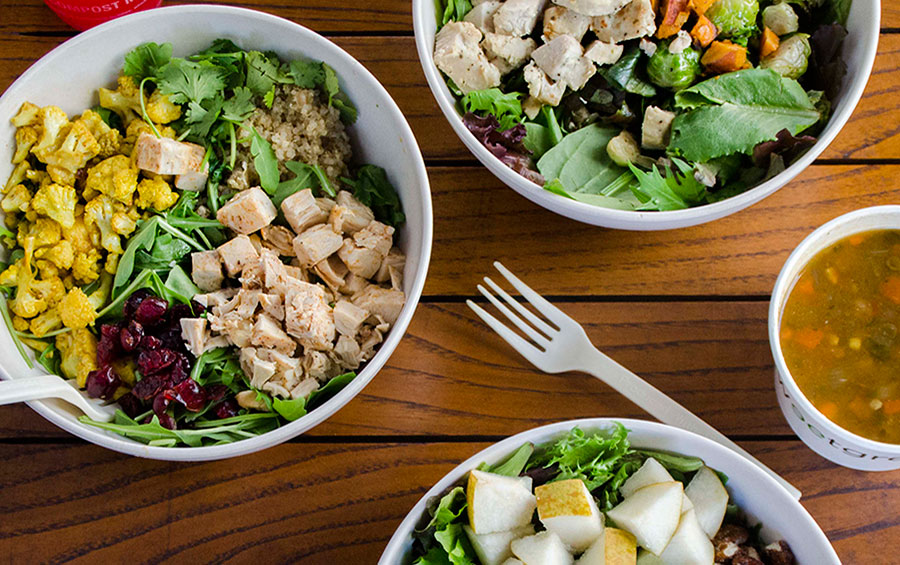
Photo by Becky Hughes
Generally speaking, the guidelines state that a healthy eating pattern is made up of a variety of whole fruits and vegetables, legumes, and grains, at least half of which are whole grain sources.
The guidelines also suggest fat-free or low-fat dairy, and/or fortified soy milks and a variety of protein foods, including seafoods, lean meats, poultry, eggs, nuts, seeds, and soy products.
They also suggest limiting trans fats, saturated fats, sodium, and added sugars (like the ones in sugar-sweetened beverages) and drinking in moderation. Basically, it’s Nutrition 101.
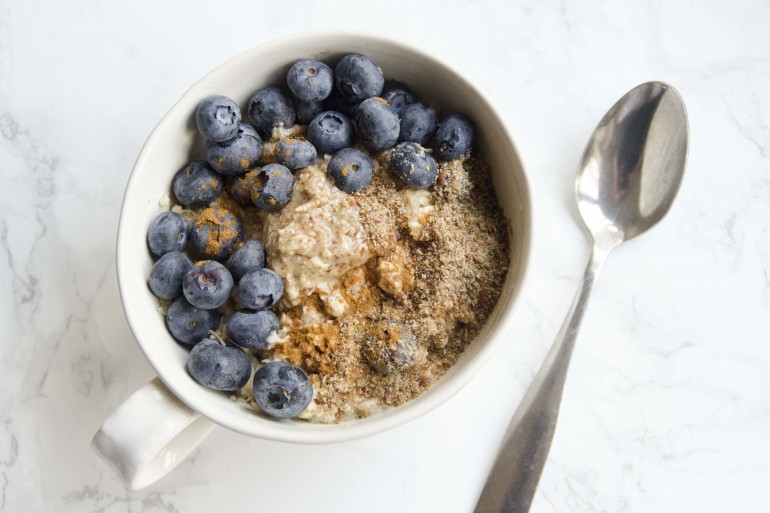
Photo by Becky Hughes
What most people don’t’ realize about the guidelines, however, is that every time the guidelines are released, there are a series of changes. It’s almost always hella controversial. So what was left out this year?
Well, originally the guidelines included a section devoted to eating more sustainably – basically selecting foods that come from sustainable sources in light of the world’s dwindling resources.
Specifically, the guidelines suggested transitioning to more plant-based eating patterns (think more #vegan type foods) and slowing the roll with meat and dairy. This is not only better for your health, but it will also be a little less draining on the environment. Meat production was a major focus of the guidelines, since the commercial production of meat requires loads of water, land, and grain to produce. Real talk: it’s just not sustainable.
The OG guideline proposal called for a paradigm shift where we start at the roots (agriculture) and change the way we eat so that we can be healthier, decrease rates of obesity and disease, and build a healthier food system for tomorrow.
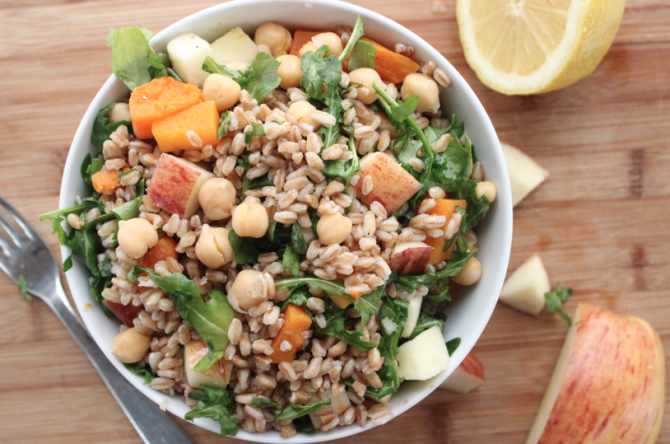
Photo by Katherine Baker
This was the first time the guidelines proposed food system sustainability be part of the dietary guidelines, and it proved to be very controversial.
Unsurprisingly, the meat industry was not pleased, snapping back that nutritionists have no right determining what is sustainable or not. They even started a change.org petition entitled: “Hands Off My Hotdog; Inject Common Sense into the Dietary Guidelines.” Lol.
Some members of Congress teamed up on this idea, because if you wanna get dirty, a lot of the big food industries like Kellogg’s, Nestle, and the meat industry have deep ties and deals with some people high up in food politics. These people kinda gave the whole thing a thumbs down, claiming dietary guidelines should stay in their lane and guide on food and food alone.
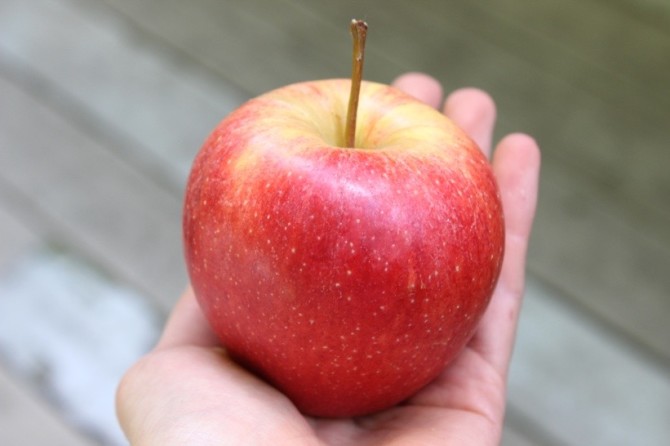
Photo by Katherine Baker
Therefore, no sustainability guideline was included, although there’s talk it might make waves for the next 2020 version. And as an unintended result of big beef making a stink about keeping guidelines purely food-focused, guidelines on physical activity got nixed as well.
Does that mean we should all not care about exercising or eating sustainably? If you want my opinion, we need to face the facts that climate change is here and it’s real. We’re already seeing the effects of it. And if we keep on keepin’ on at the rate we’re going now, the outlook is bleak and we’ll face even more consequences within the millennial lifetime, possibly including more intense heat waves, crazier storms, and serious flooding. All of these things not only impact our physical and mental health, but also our resources and ecosystems. It’s scary shit.
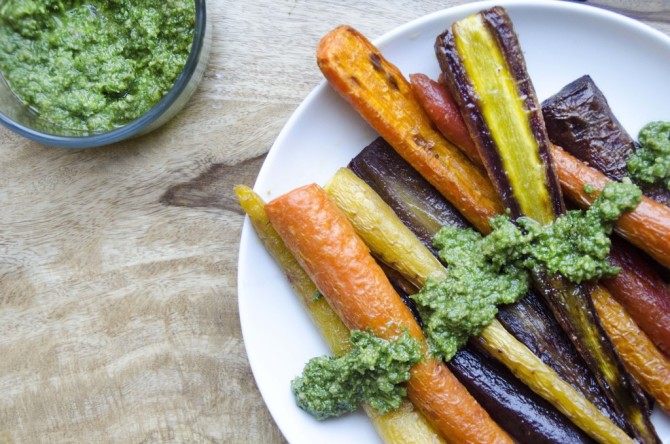
Photo by Becky Hughes
We need to start caring, even if it’s not in this round of dietary guidelines. Try eating a little less meat (you’ll be fine, I promise), carpool or use public transit every once in a while, turn off the lights and water when you’re not using them, BYO bag when you grocery shop, and aim to waste less food. At the risk of sounding a lil (vegan) cheesy, the small stuff can add up in a big way.
Even just thinking about the food you eat, where it comes from, and its impacts on the world outside your stomach is a solid first step. You may think you’re just one person, but together we can start getting wiser about the planet, politics, and what we put in our tummies.


